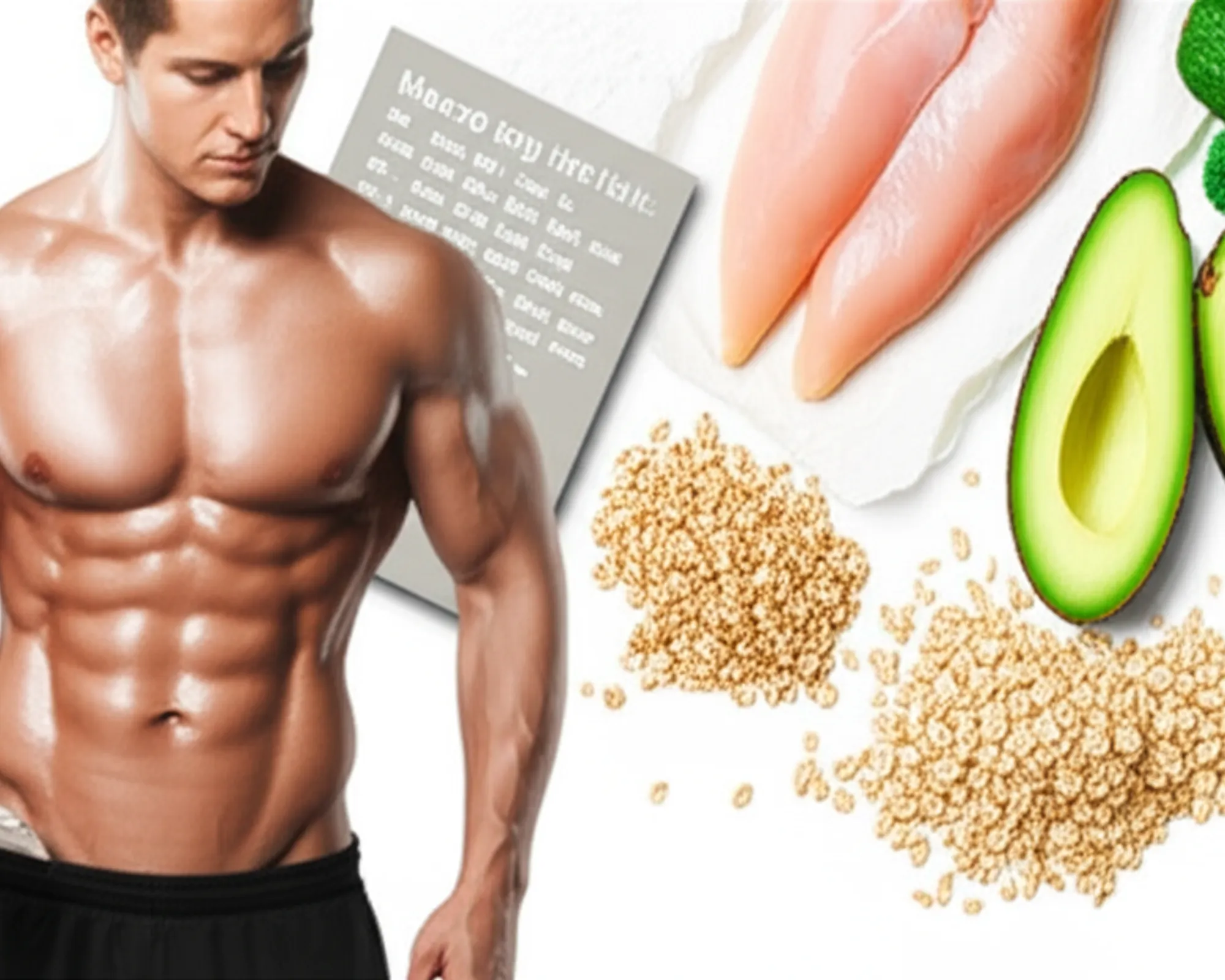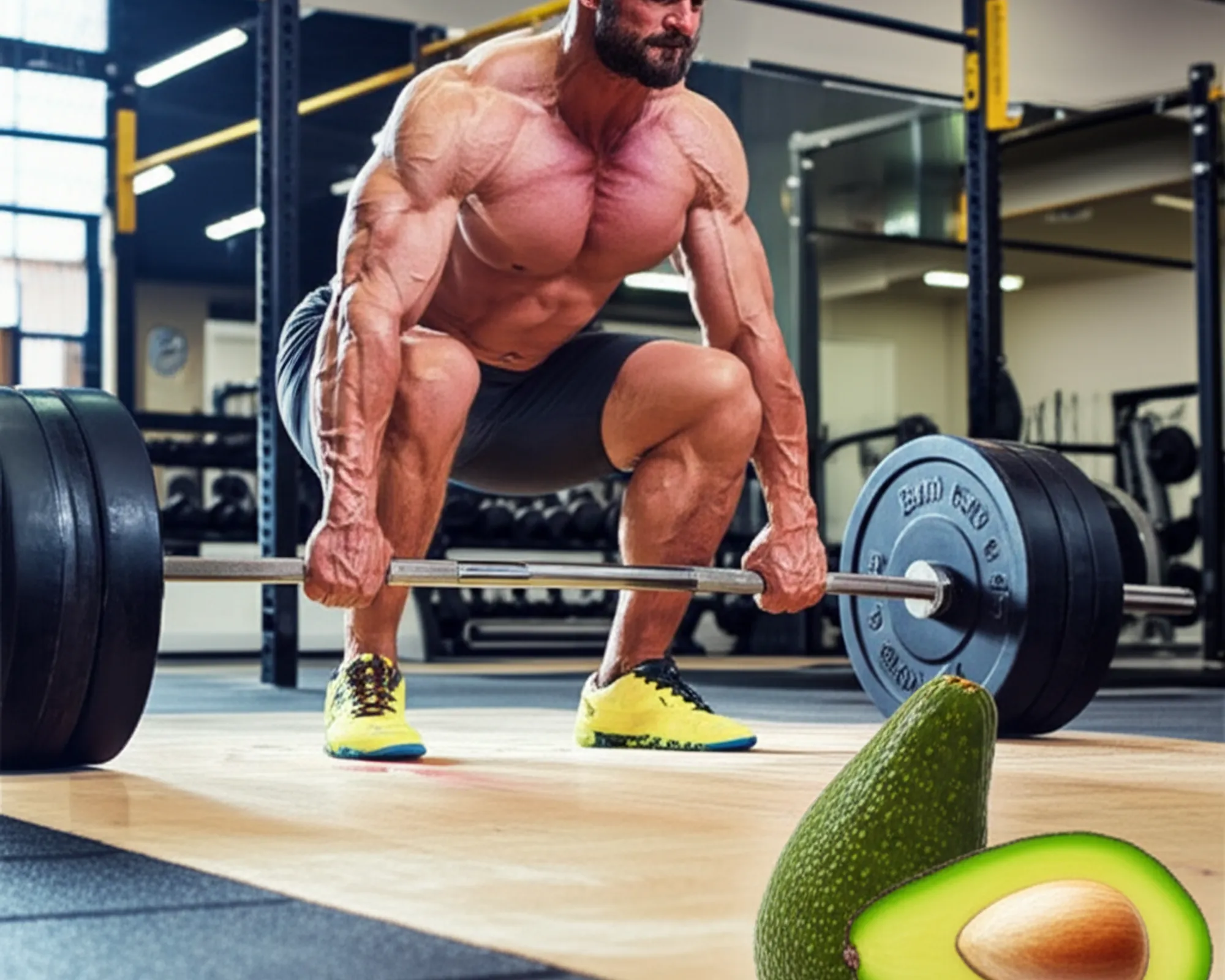Gym Routine for Teenagers: What to Avoid

The teenage years are a fantastic time to get into fitness. Your body is growing, energy levels are high, and building strength and healthy habits now can set you up for a lifetime of well-being. Hitting the gym can be incredibly beneficial – improving strength, endurance, confidence, and even mental health. However, because your body is still developing, there are crucial mistakes teenagers often make in the gym that can lead to injuries, burnout, or even hinder progress. Understanding what to avoid is just as important as knowing what to do.
1. Over-training and Excessive Intensity
One of the biggest pitfalls for enthusiastic teenagers is pushing too hard, too fast. Your developing musculoskeletal system needs time to adapt and recover. Over-training can lead to chronic fatigue, decreased performance, hormonal imbalances, and a higher risk of overuse injuries like stress fractures or tendinitis. It’s tempting to try and lift as much as the strongest person in the gym or follow an intense routine designed for professional athletes, but this is counterproductive. Listen to your body, schedule rest days, and understand that consistent, moderate effort yields better long-term results than sporadic, intense bursts.
2. Improper Form and Technique
This is arguably the most critical area to get right. Many teens, eager to build muscle, sacrifice proper form for heavier weights. Lifting with poor technique, especially on compound movements like squats, deadlifts, or overhead presses, puts undue stress on joints, ligaments, and tendons. This dramatically increases the risk of acute injuries (like sprains or muscle tears) and chronic issues that can plague you for years. Always prioritize mastering the movement with lighter weights or even just your body weight before adding resistance. Don't be afraid to ask for help from a qualified trainer or experienced gym-goer. Watching online videos can be a start, but hands-on correction is invaluable.
3. Neglecting Warm-ups and Cool-downs
It's common for teens to rush into their main workout, skipping the crucial warm-up phase. Dynamic warm-ups (like arm circles, leg swings, light cardio, and bodyweight squats) prepare your muscles and joints for the strenuous activity ahead, increasing blood flow and flexibility, significantly reducing injury risk. Similarly, a proper cool-down with static stretches after your workout helps improve flexibility, reduce muscle soreness, and aids in recovery. Think of it as preparing your engine before a race and allowing it to cool down properly afterward – essential for optimal performance and longevity.
4. Focusing Solely on Aesthetics ("Mirror Muscles")
The desire to look good is a powerful motivator, but exclusively training "mirror muscles" (chest, biceps, abs) while neglecting your back, legs, and core is a common mistake. This creates muscular imbalances that can lead to poor posture, pain, and an increased risk of injury. A well-rounded strength program should include exercises that work all major muscle groups equally. Compound movements that engage multiple joints and muscles simultaneously are excellent for overall strength and athletic development. Remember, functional strength and a balanced physique are more sustainable and healthier in the long run.
5. Following Adult Routines Without Modification
Online, you'll find countless workout routines, many designed for experienced adults. Copying these programs verbatim can be problematic for teenagers. Adult routines might involve very high volumes, specific types of lifts not suitable for still-developing growth plates, or intensity levels that are too much too soon. Teenagers should focus on foundational strength, proper movement patterns, and gradual progression. A personalized routine designed by a coach experienced with youth fitness is ideal, or at least one that focuses on full-body workouts with moderate sets and reps, emphasizing compound movements.
6. Poor Nutrition and Hydration
Your body is a machine, and during your teenage years, it's a rapidly growing one. You can’t expect to perform well and recover optimally if you're not fueling it properly. Relying on processed foods, sugary drinks, and inadequate protein intake will hinder your progress and overall health. Prioritize whole, unprocessed foods: lean proteins (chicken, fish, beans), complex carbohydrates (oats, brown rice, whole grains), healthy fats (avocados, nuts, seeds), and plenty of fruits and vegetables. Hydration is equally vital; drink water consistently throughout the day, especially before, during, and after your workouts.
7. Ignoring Pain and Pushing Through Injury
The "no pain, no gain" mantra can be dangerous, especially for teenagers. While some muscle soreness (DOMS - Delayed Onset Muscle Soreness) is normal after a tough workout, sharp, persistent, or joint pain is a warning sign. Pushing through actual pain can turn a minor strain into a serious injury, leading to prolonged recovery times and potentially long-term issues. If something hurts, stop. Rest, ice, compress, and elevate (RICE) if needed, and if the pain persists, consult a doctor or physical therapist. Your long-term health is more important than one workout.
8. Excessive Reliance on Supplements
The supplement industry heavily targets teenagers with promises of quick muscle gains or fat loss. While some supplements like protein powder might be convenient for meeting protein targets, most are unnecessary for active teenagers who eat a balanced diet. Many supplements are unregulated, and their long-term effects on developing bodies are not fully understood. Before considering any supplement, focus on optimizing your diet and training. If you're still curious, always consult a doctor or registered dietitian. Building a strong foundation through hard work and proper nutrition is the safest and most effective path.
9. Comparing Themselves to Others and Social Media Pressure
With social media constantly showcasing seemingly perfect physiques and incredible feats of strength, it's easy for teenagers to fall into the trap of comparison. Remember that social media often presents a highly curated and unrealistic view of fitness. Everyone's body is different, and progress varies. Focus on your own journey, celebrate your small victories, and compete only with yourself. Your goal should be to become a stronger, healthier version of YOU, not to look like someone else. Consistency, patience, and a positive mindset are far more valuable than instant gratification.
Embarking on a fitness journey as a teenager is an empowering experience that can foster discipline, resilience, and a lifelong appreciation for health. By being mindful of these common pitfalls – avoiding over-training, prioritizing proper form, valuing recovery, and focusing on balanced, sustainable practices – you can maximize the benefits of your gym routine while minimizing risks. Remember, the gym is a tool for building a healthier you, not just a bigger one. Seek guidance from qualified professionals, listen to your body, and enjoy the process of becoming stronger and more confident.


